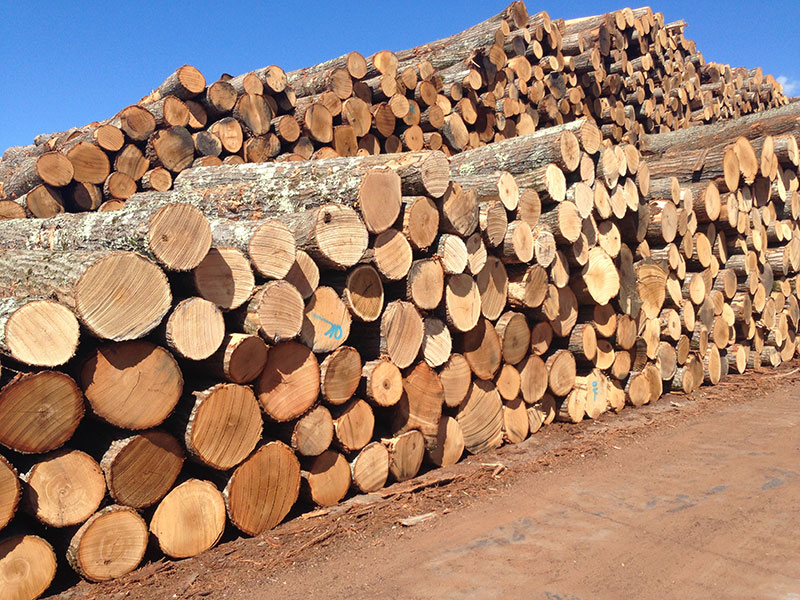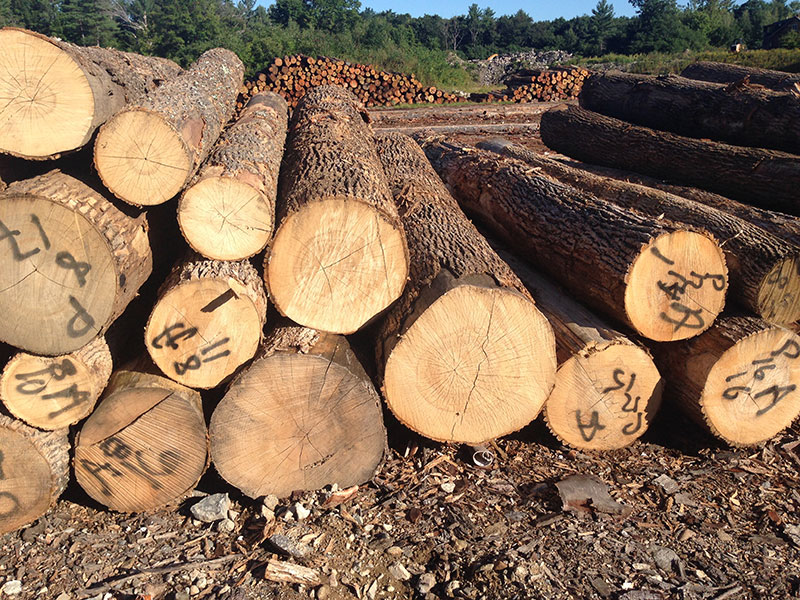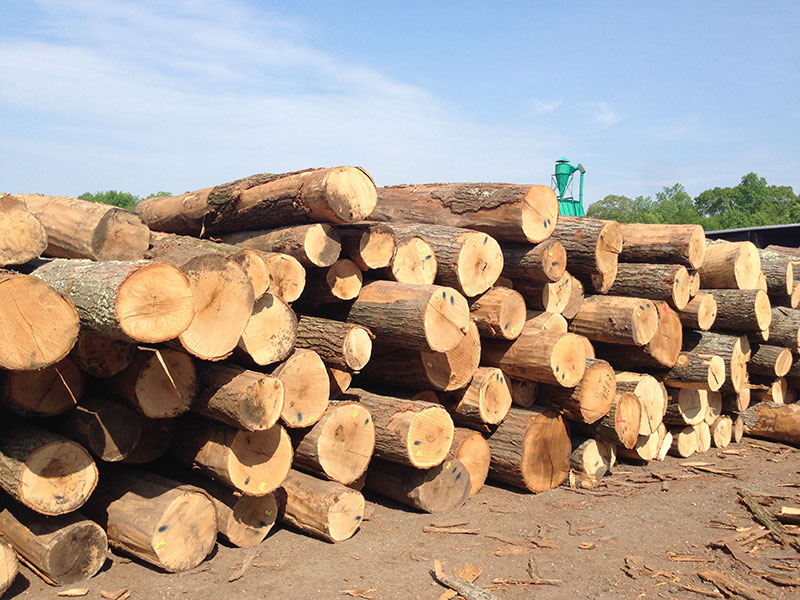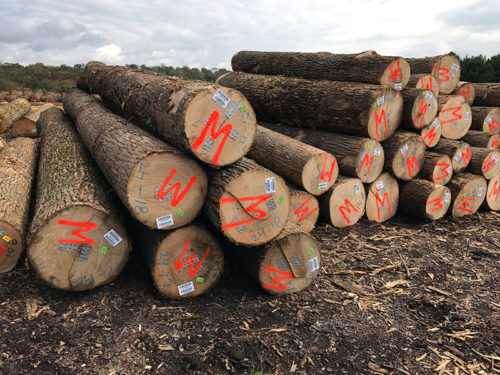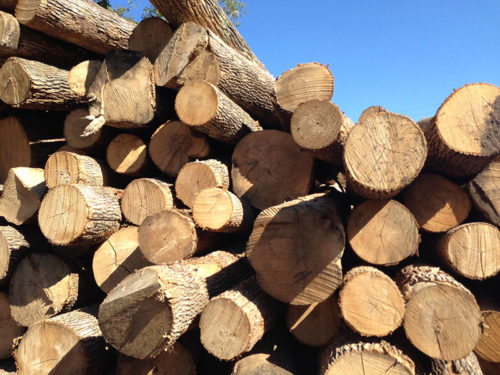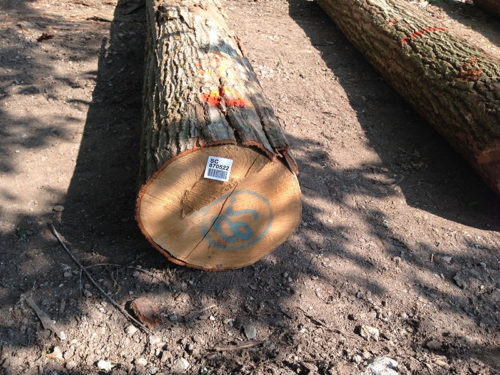The sapwood of red oak is white to light brown and the heartwood is a pinkish reddish brown. The wood is similar in general appearance to white oak, but with a slightly less pronounced figure due to the smaller rays. The wood is mostly straight grained, with a coarse texture.
Red Oak
- General Description
- Distribution & Availability
- Working Properties
- Physical & Mechanical Properties
- Main Uses
General Description
The sapwood of red oak is white to light brown and the heartwood is often a pinkish reddish brown. The wood is similar in general appearance to white oak, but with a slightly less pronounced figure due to the smaller rays and a more porous end grain structure. The wood is mostly straight grained with a coarse texture.
Distribution & Availability
Widespread throughout Eastern USA. The oaks are by far the largest species group growing in the Eastern hardwood forests. Red oaks grow more abundantly than the white oaks. The red oak group comprises many species, of which about eight are commercial. Excellent availability as lumber or veneer in a wide range of grades and specifications. Red oak is often classified according to growing regions and marketed as Northern red oak and Southern red oak.
Working Properties
Red oak machines well; nailing and screwing is good although pre-boring is recommended, and it can be stained and polished to a very good finish. It performs best when dried slowly, reducing the opportunity for degrade such as splits and warp. It has a high shrinkage and can be susceptible to movement in performance under variable moisture conditions.
Physical & Mechanical Properties
The wood is hard and heavy, with medium bending strength and stiffness and high crushing strength. It is very good for steam bending.
- Specific Gravity: a) 0.63 (12% M.C.) b) 0.68
- Average Weight: a) 705 kg/m3 (12% M.C.) b) 753 kg/m3
- Average Volumetric Shrinkage: a) 10.8 (Green to 6% M.C.) b) N/A
- Modulus of Elasticity: a) 12,549 MPa b) 15,721 MPa
- Hardness: a) 5738 N b) 6583 N
a) Quercus rubra (Northern red oak)
b) Quercus falcata (Southern red oak)
Main Uses
Construction, furniture, flooring, architectural interiors, internal joinery, stairs and mouldings, doors, kitchen cabinets, panelling and coffins. Not suitable for tight cooperage. Red oak can vary in colour, texture, characteristics and properties according to the growing region. It is therefore recommended that users and specifiers work closely with their suppliers to make sure the wood they order is suited to their specific needs.

